Key Features:
1. 1080p HD Video Quality
- The camera offers 1080p high-definition video, ensuring crisp and clear footage for parking and reversing. This high-resolution video helps you to see obstacles, pedestrians, and other vehicles more clearly when reversing, reducing the risk of accidents.
2. 170° Wide Angle Lens
- With a 170° wide-angle lens, the camera covers a large area behind your vehicle, providing a broad field of view. This wide angle helps you see objects from the left, right, and directly behind your car, significantly improving your rearview vision and eliminating blind spots.
3. Waterproof IP68 Rating
- The camera is IP68-rated, meaning it is waterproof and dustproof. You can rely on this camera in various weather conditions such as rain, snow, or dusty roads, ensuring it will continue to work without any performance degradation even when exposed to harsh environments.
- The IP68 rating makes it highly resistant to water ingress, so you don’t need to worry about the camera malfunctioning when it’s raining or during a car wash.
4. Night Vision
- Equipped with infrared LEDs for night vision, the camera allows you to clearly see in low-light or dark conditions, providing visibility even when you’re parking or reversing at night. This feature significantly improves safety, as it ensures that you can see obstacles, pedestrians, and other vehicles in the dark.
- The night vision capability enhances the camera’s performance in low-light environments by using the infrared sensors to illuminate the area behind your car without disturbing nearby drivers or pedestrians.
5. High Definition Image Sensors
- The camera uses high-definition image sensors to produce a clearer picture. The combination of 1080p resolution and these advanced sensors ensures high-quality, vibrant, and precise images, which are crucial when reversing or parking in tight spaces.
6. Universal Compatibility
- This rear-view camera is generally designed to be compatible with most vehicles, such as sedans, SUVs, trucks, and vans. It connects to your car’s monitor, AV screen, or car stereo system with a simple wiring setup (typically using RCA connectors or another standard connection, depending on your vehicle’s setup).
- If your car is equipped with an aftermarket display or stereo system with a camera input, the camera will likely work without issue.
7. Easy Installation
- The reverse camera is easy to install, typically requiring you to mount it at the back of the vehicle, near the license plate area or on the rear bumper. The wiring generally connects to the car’s reverse light, which activates the camera when you put the car in reverse gear.
- Many models also come with detailed instructions or online tutorials to help you install it yourself, saving you time and installation costs.
8. Parking Guidelines
- Some models of the camera offer on-screen parking lines or guidelines, which help you judge the distance between your car and any obstacles behind you. These lines typically appear on your screen when the camera is active, providing additional guidance for precise parking.
- This feature can be particularly useful when parking in tight spaces or when maneuvering in reverse.
9. Durability and Quality Construction
- The camera is designed with durable materials, built to withstand the wear and tear of outdoor use. Its tough housing can resist scratches, and the lens is protected against damage by dust and debris.
- The camera is also shock-resistant, making it suitable for installation on vehicles that travel over rough terrain or are exposed to vibrations.
Specifications:
- Resolution: 1080p Full HD (1920 x 1080)
- Lens Angle: 170° wide angle for a comprehensive view
- Waterproof Rating: IP68 (dustproof and waterproof)
- Night Vision: Built-in infrared LEDs for clear vision in low-light conditions
- Power Supply: 12V DC (standard for most vehicles)
- Video Output: RCA output (common for compatibility with car monitors)
- Operating Temperature: Typically -20°C to +70°C (-4°F to 158°F), ideal for use in extreme weather conditions
- Housing Material: High-quality ABS or metal for durability and resistance to impacts
Installation Overview:
- Mounting: The camera is usually mounted on the rear of the vehicle near the license plate or bumper. It can be installed using screws or adhesive, depending on your preference.
- Wiring: The camera’s power wire typically connects to the vehicle’s reverse light. When the vehicle is in reverse, the camera powers on automatically.
- Connection to Display: The video output (RCA or another compatible connector) is connected to your vehicle’s display or head unit. If your vehicle has an existing screen or aftermarket stereo, simply connect the RCA cable from the camera to the video input of the screen.
- Test: Once installed, you can test the system by putting your car in reverse. The display should automatically switch to the camera feed, showing a clear view of the area behind your car.
Benefits:
- Improved Safety: By providing a clear rearview with the wide-angle lens and night vision, the camera helps to avoid accidents, especially when reversing or parking in tight spots.
- Enhanced Convenience: With parking guidelines and the automatic activation when reversing, the camera makes parking easier and more precise.
- Weatherproof Durability: Its IP68 rating ensures that the camera can function reliably in all weather conditions, adding to its long-term durability and performance.

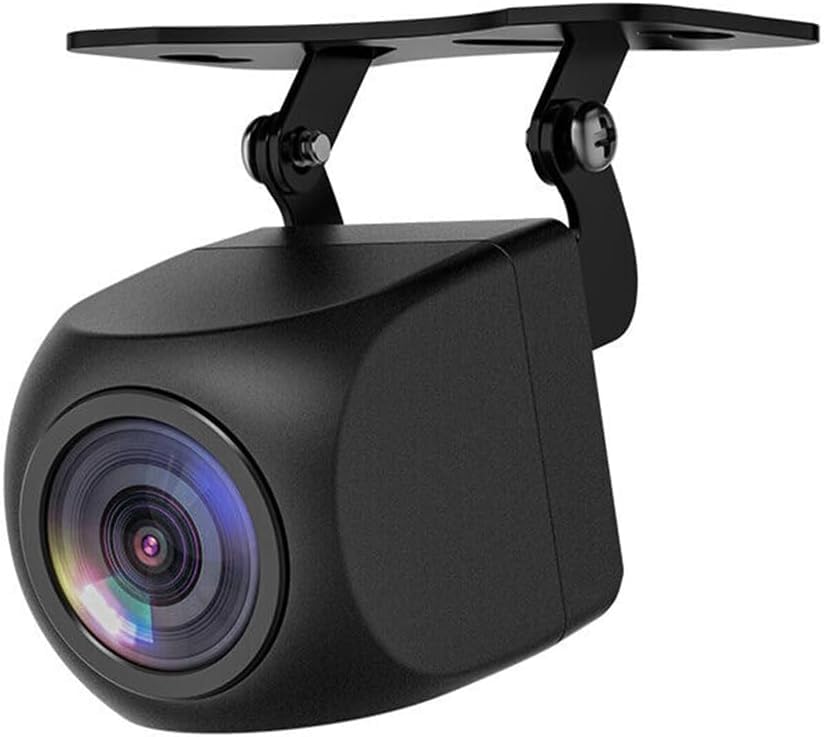
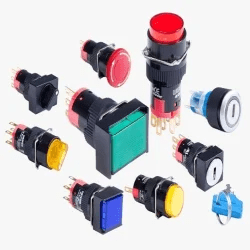
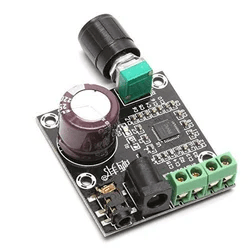
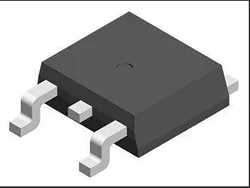
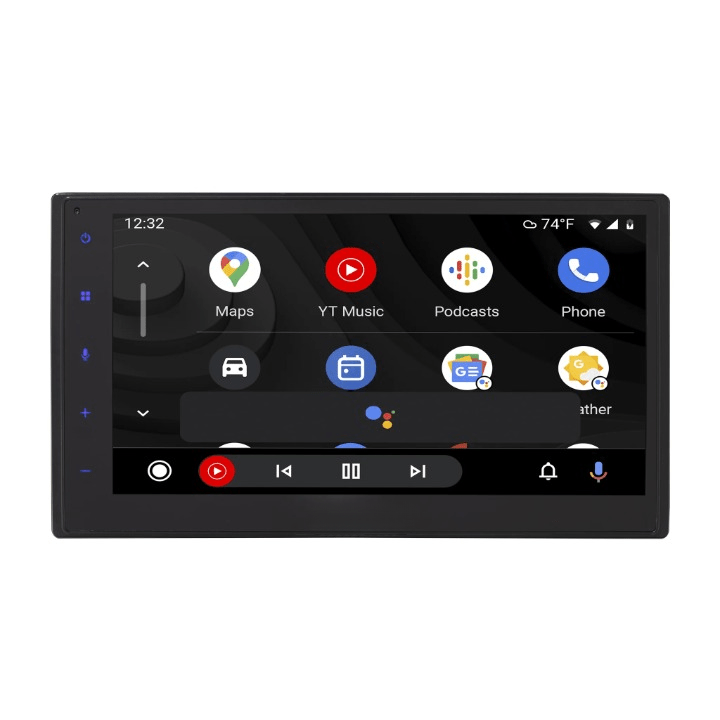

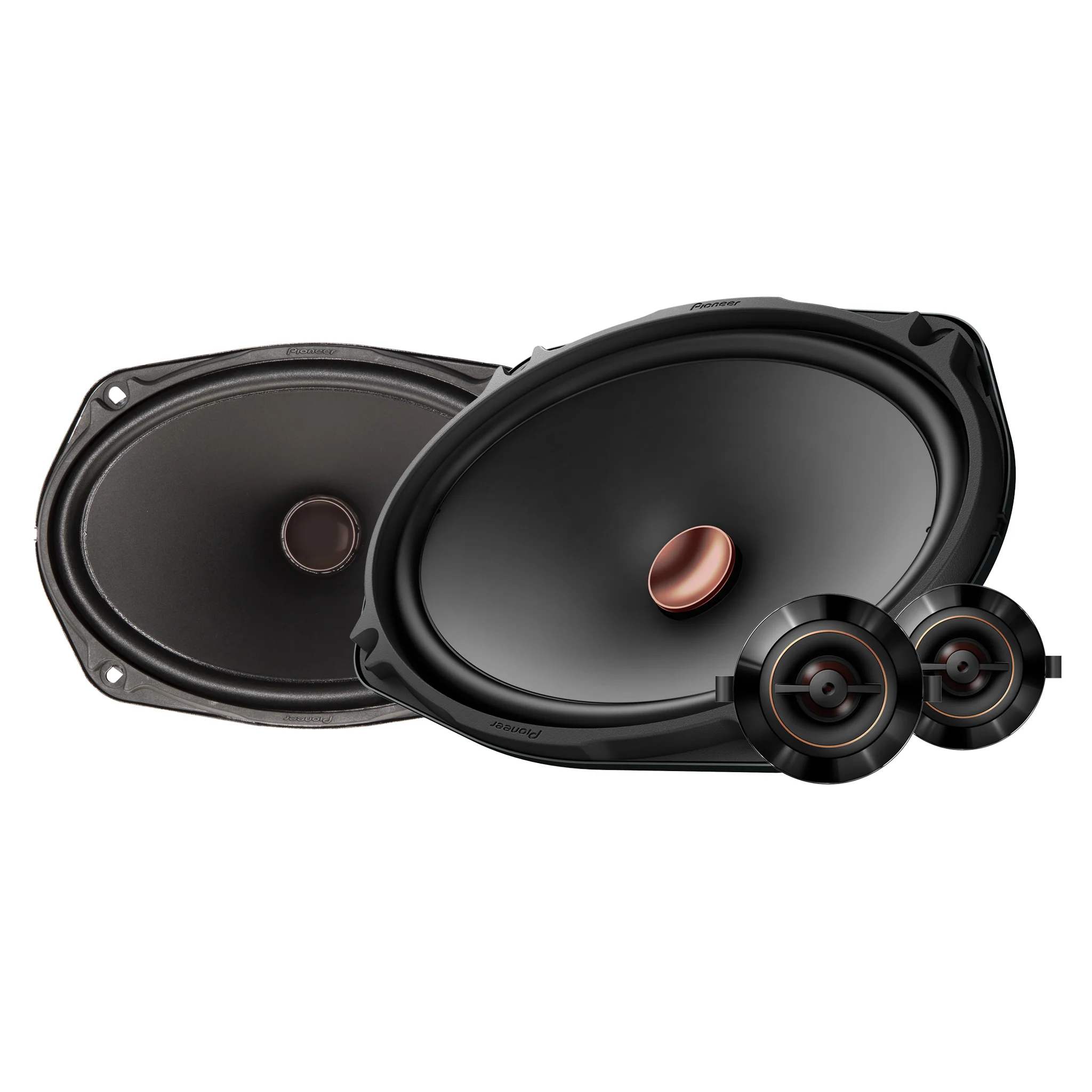
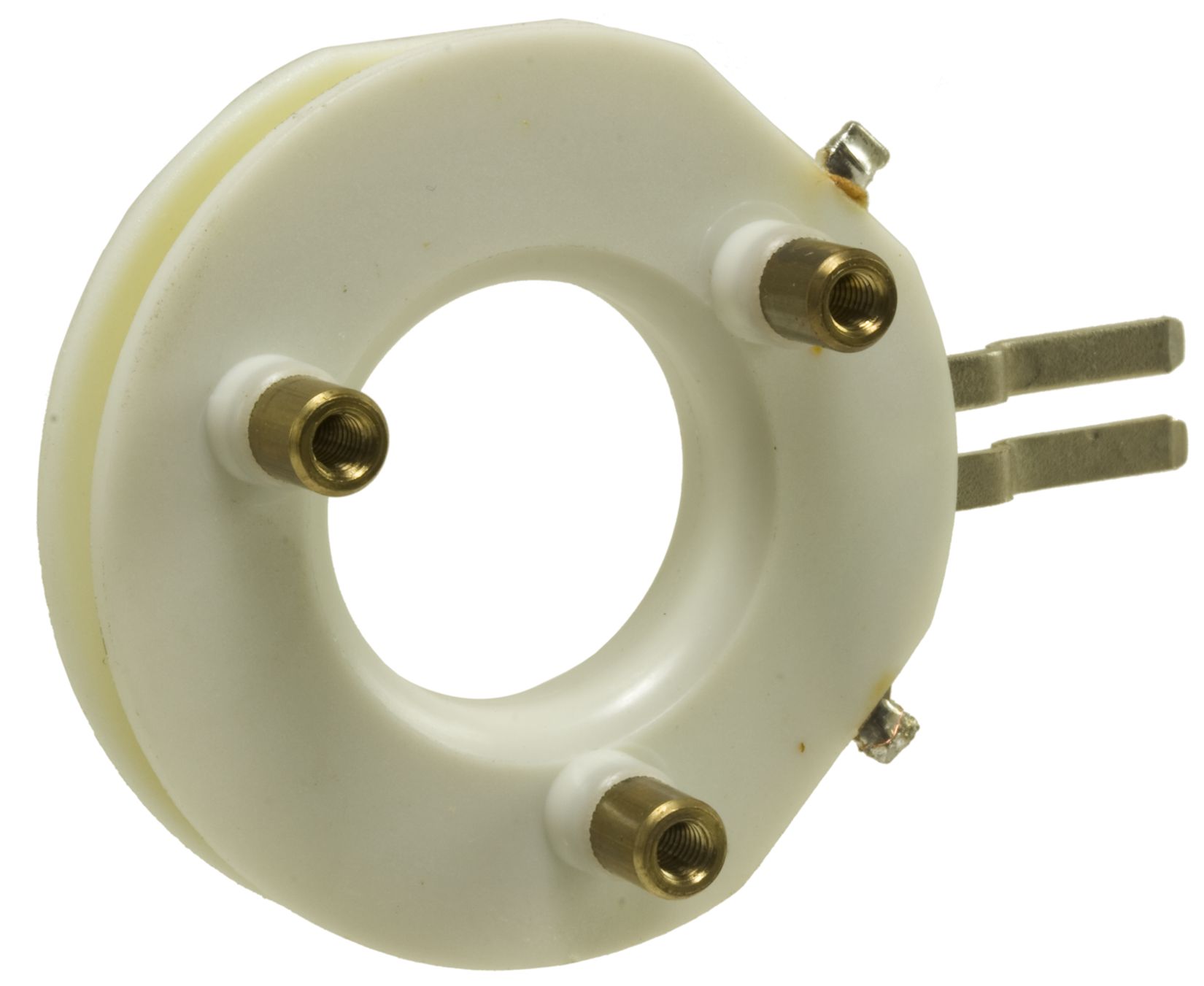
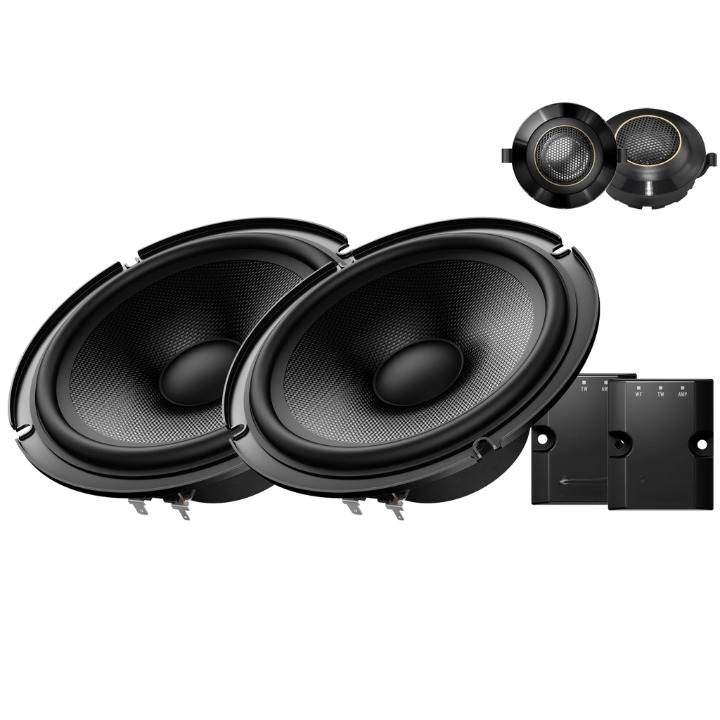
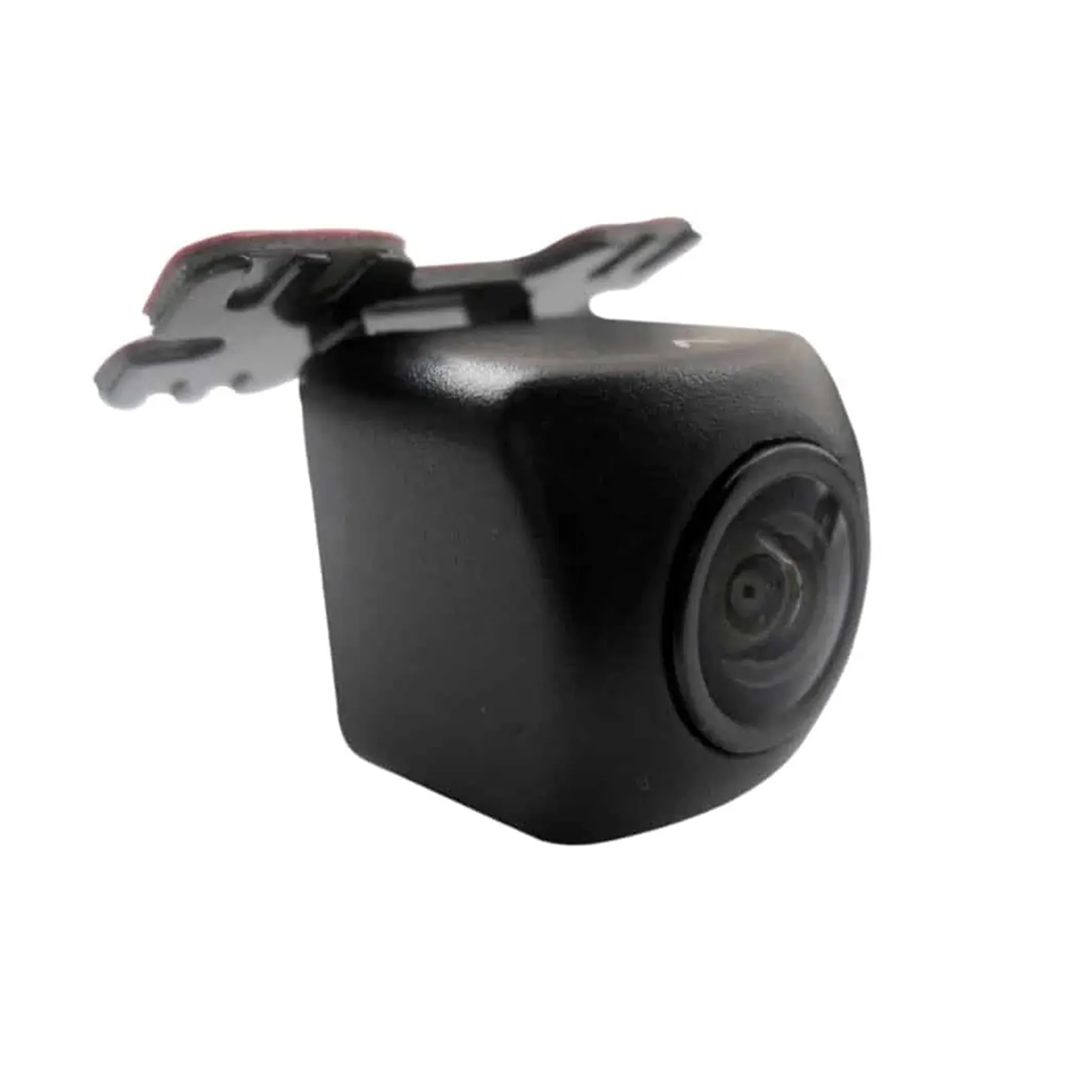
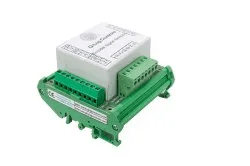

There are no reviews yet.